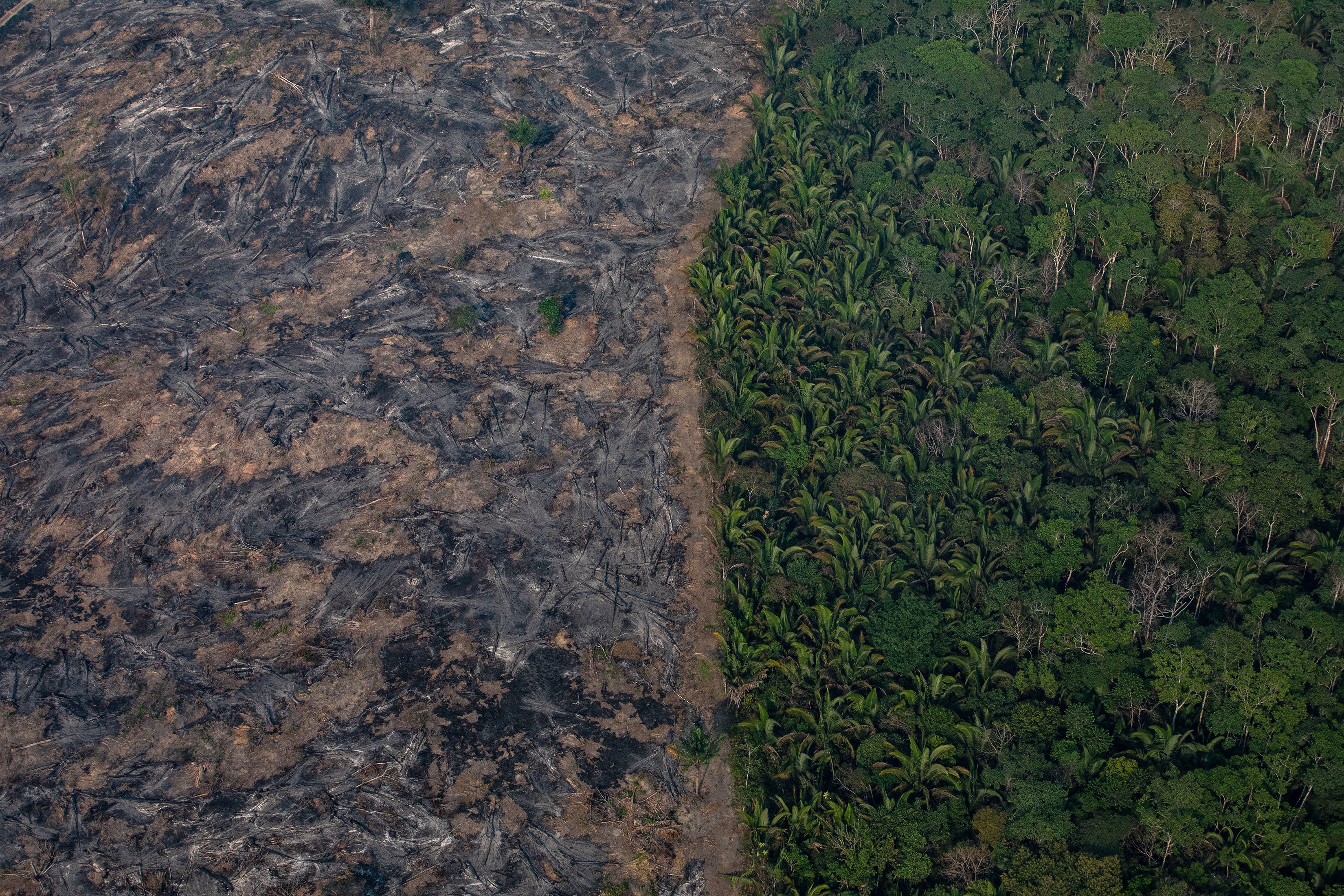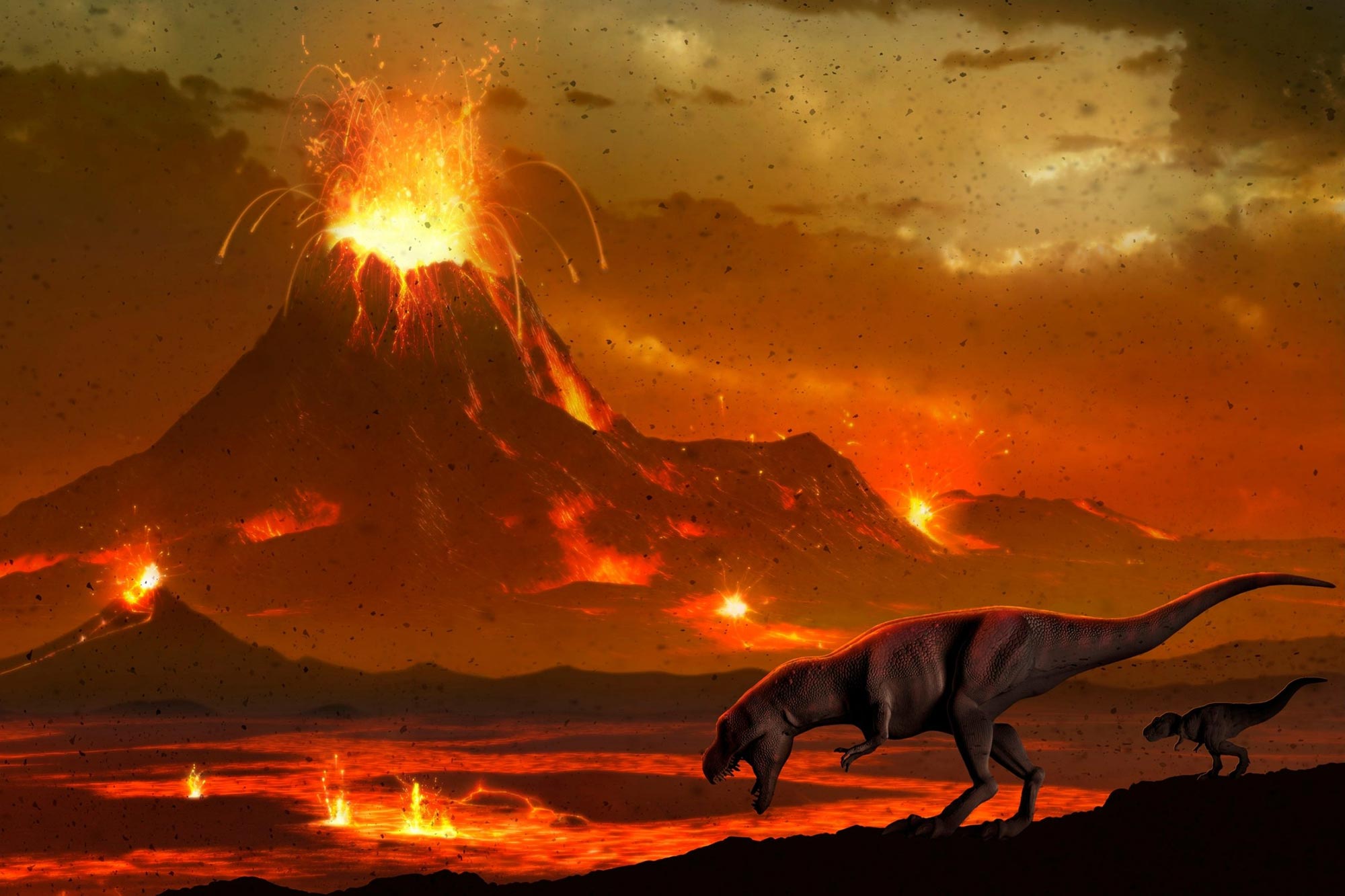Using data collected by the Wide Field Camera 3 (WFC3) infrared spectrograph onboard the NASA/ESA Hubble Space Telescope, astronomers have obtained a detailed view of the dark side of WASP-121b, an ultrahot gas-giant exoplanet nearly twice the size of Jupiter.
Discovered in 2016 by astronomers with the WASP-South survey, WASP-121b is 1.87 times bigger than Jupiter and 1.18 times more massive.
Its host star, WASP-121, is an active F6-type main-sequence star about 1.5 times the size of the Sun.
The system is located approximately 881 light-years away in the constellation Puppis.
WASP-121b is a so-called ‘hot Jupiter’ and takes just 30.6 hours to orbit WASP-121. It is so close to the parent star that if it got any closer, the star’s gravity would start ripping it apart.
It is also tidally locked, such that its star-facing day side is permanently roasting, while its night side is turned forever toward space.
Astronomers estimate the planet’s temperature to be about 2,500 degrees Celsius (4,600 degrees Fahrenheit).
Its atmosphere is so hot that metals such as iron and magnesium are vaporizing and escaping the planet’s gravitational pull.
“Hot Jupiters are famous for having very bright day sides, but the night side is a different beast,” said Dr. Tansu Daylan, a postdoctoral researcher at MIT.
“WASP-121b’s night side is about 10 times fainter than its day side.”
In their new study, Dr. Daylan and colleagues observed WASP-121b using Hubble’s WFC3 spectroscopic camera.
They were able to map the dramatic temperature changes from WASP-121b’s day to the night side, and to see how these temperatures change with altitude.
They also tracked the presence of water through the atmosphere to show, for the first time, how water circulates between a planet’s day and night sides.
While on Earth, water cycles by first evaporating, then condensing into clouds, then raining out, on WASP-121b, the water cycle is far more intense.
On the day side, the atoms that make up water are ripped apart at temperatures over 2,727 degrees Celsius (4,941 degrees Fahrenheit). These atoms are blown around to the night side, where colder temperatures allow hydrogen and oxygen atoms to recombine into water molecules, which then blow back to the day side, where the cycle starts again.
The astronomers calculated that the planet’s water cycle is sustained by winds that whip the atoms around the planet at speeds of up to 5 km/s (11,000 mph).
“These winds are much faster than our jet stream, and can probably move clouds across the entire planet in about 20 hours,” Dr. Daylan said.
“The gas gets heated up at the substellar point but is getting blown eastward before it can reradiate to space,” added Dr. Thomas Mikal-Evans, a postdoctoral researcher with the Kavli Institute for Astrophysics and Space Research at MIT.
The researchers then passed the temperature maps through various models to identify chemicals that are likely to exist in the planet’s atmosphere, given specific altitudes and temperatures.
This modeling revealed the potential for metal clouds, such as iron, corundum, and titanium on the night side.
“We’re now moving beyond taking isolated snapshots of specific regions of exoplanet atmospheres, to study them as the 3D systems they truly are,” Dr. Mikal-Evans said.
The team’s paper was published online this week in the journal Nature Astronomy.
_____
T. Mikal-Evans et al. Diurnal variations in the stratosphere of the ultrahot giant exoplanet WASP-121b. Nat Astron, published online February 22, 2022; doi: 10.1038/s41550-021-01592-w
Note: This article have been indexed to our site. We do not claim legitimacy, ownership or copyright of any of the content above. To see the article at original source Click Here













